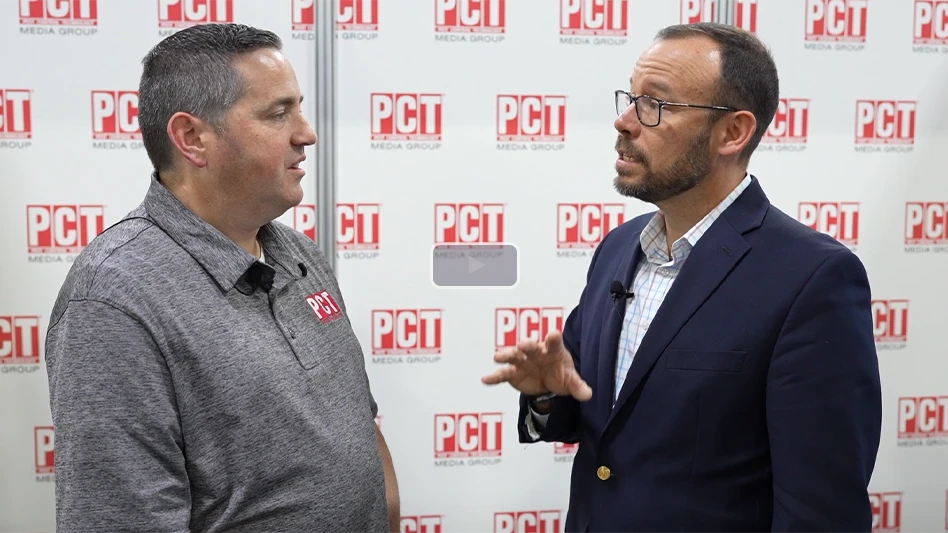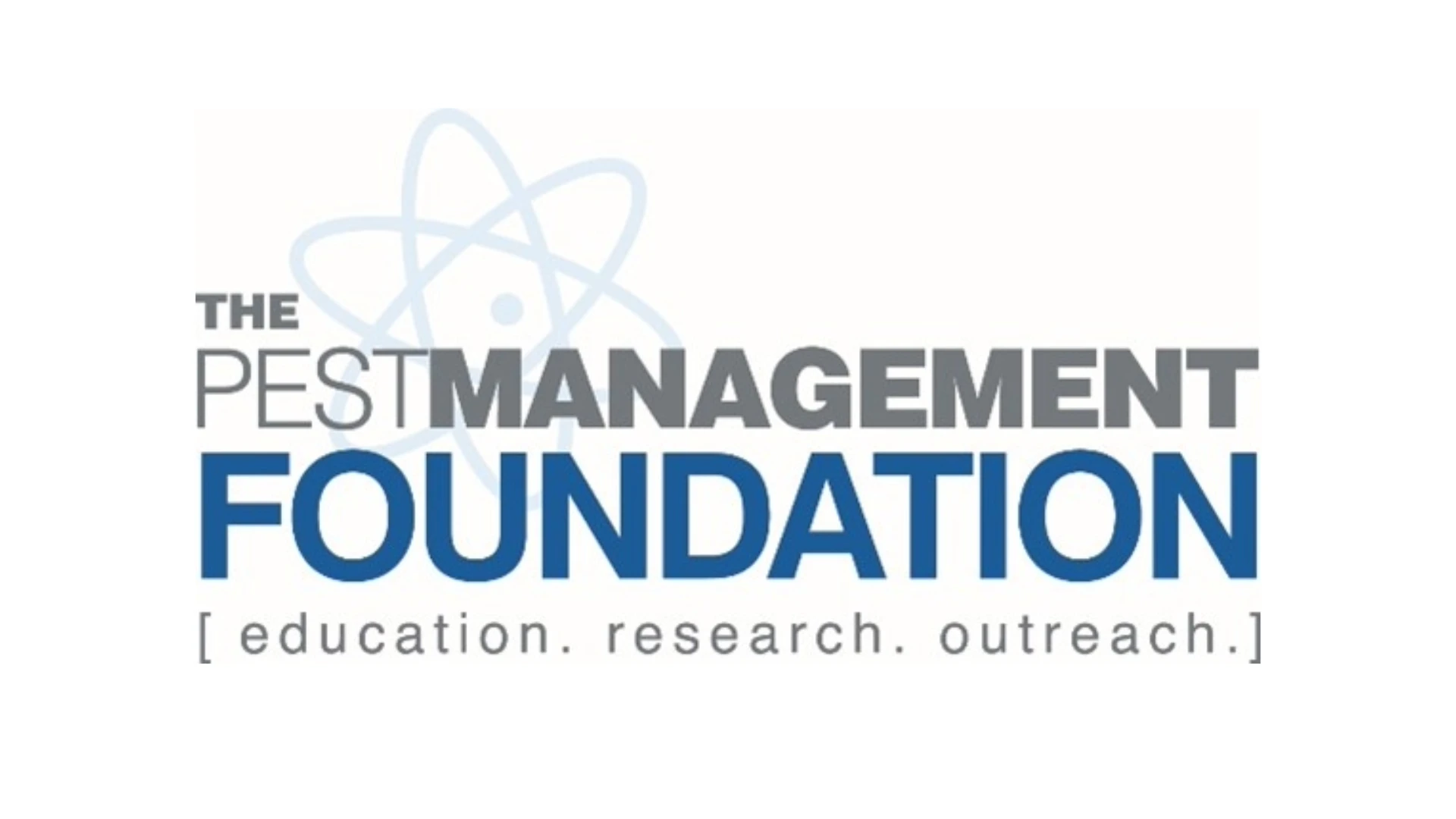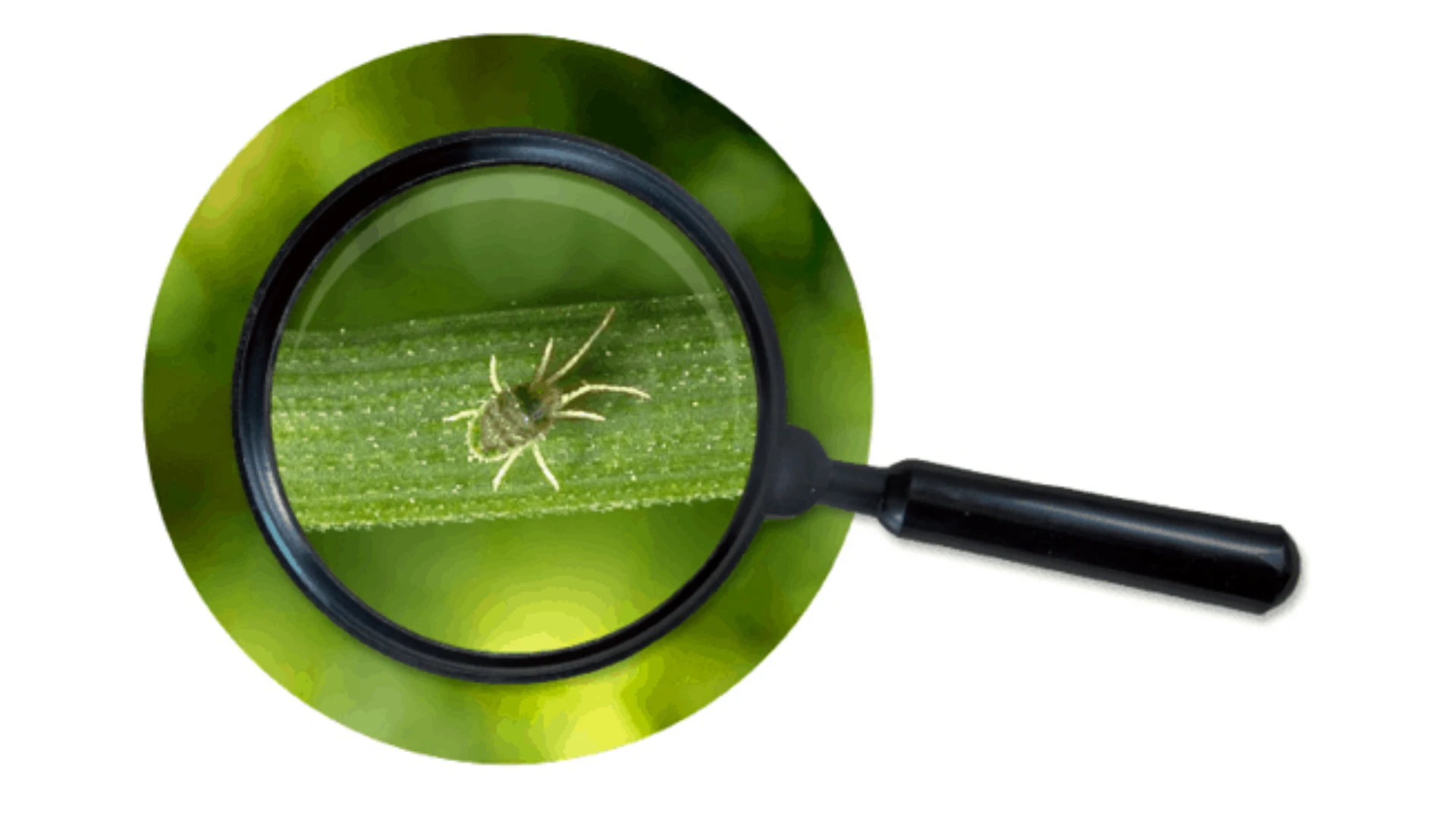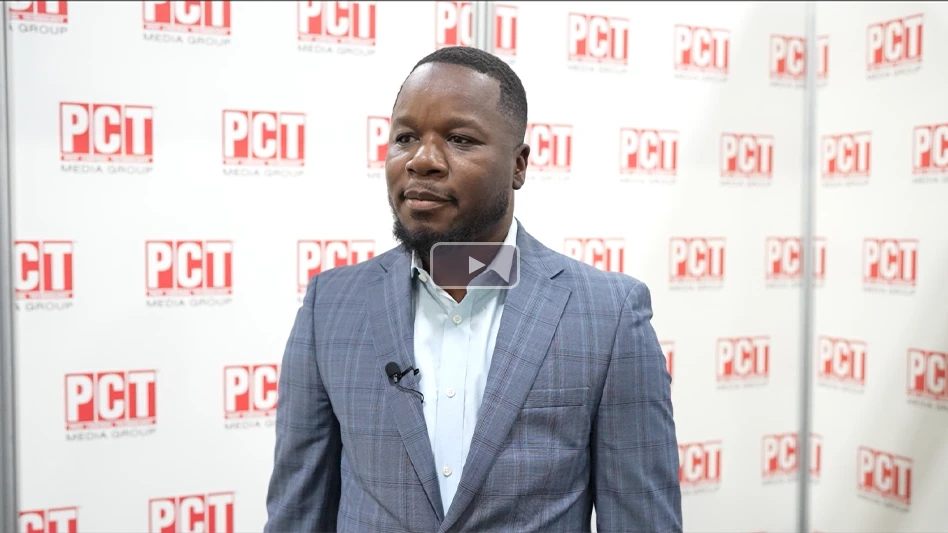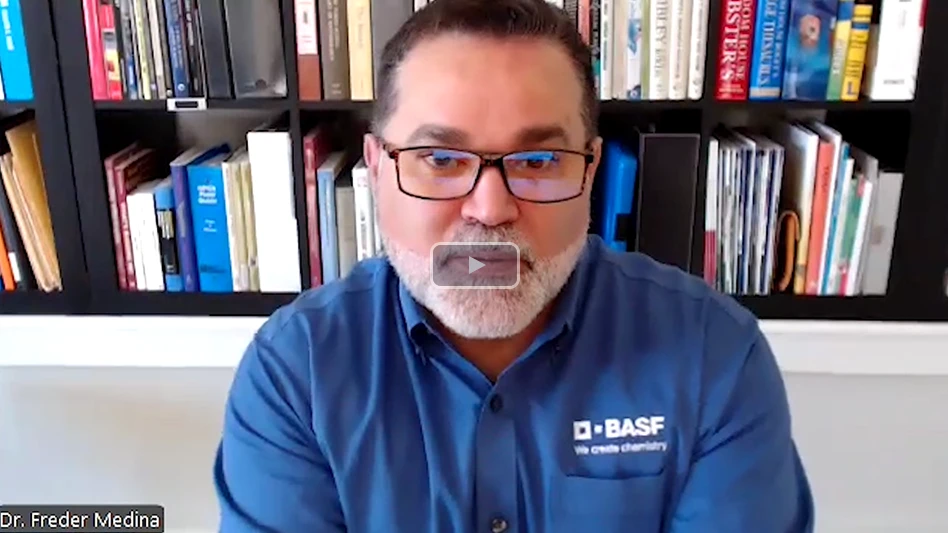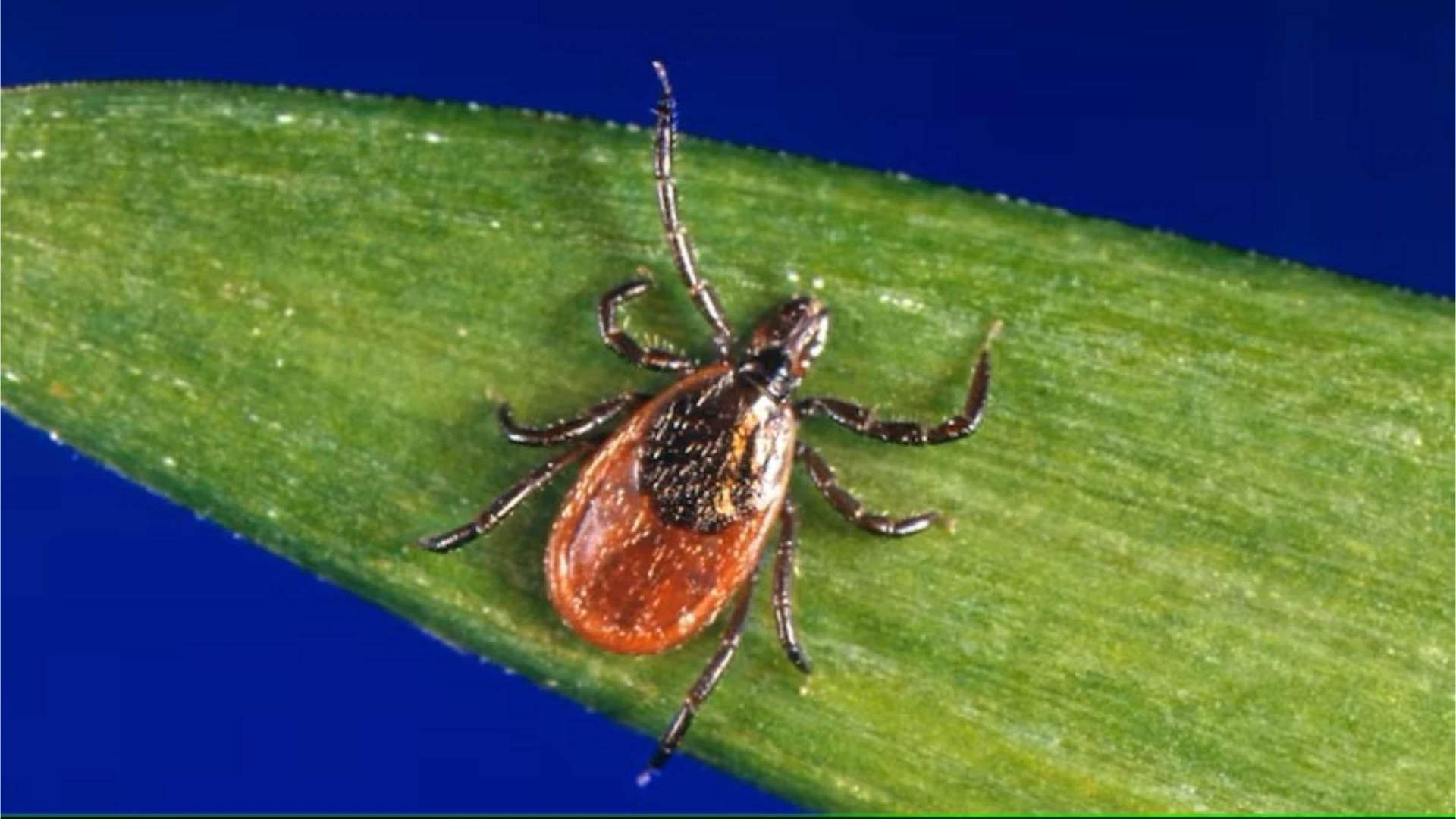
U.S. CDC/The Canadian Press
Anholeto discovered that ticks, newly collected for research, were dying after coming into contact with the fungus.
Anholeto initially noticed the species of fungi known as Clonostachys rosea around Coldbrook in the Annapolis Valley. He received a grant to continue to study the fungus at Acadia's tick research lab, a joint project led by associate chemistry professor Nicoletta Faraone and associate biology professor Laura Ferguson.
"Our lab is dedicated to finding innovative solutions for tick management and our focus is basically on using natural products for development of repellents," said Anholeto.
While the lab studies a variety of biological elements related to ticks, including how climate change is increasing their population, the research team has been determined to find different methods to control them.
The research has become particularly important since every area in the province is now deemed to be at high risk for Lyme disease, which is caused by bacteria spread through the bite of an infected blacklegged tick. Early signs of Lyme disease may resemble a cold or flu, but it can lead to nerve pain, arthritis and memory loss in the later stages.
The Clonostachys rosea fungus has yet to be proven as a viable method to manage the growing number of ticks.
Faraone's lab is the primary lab at Acadia that works with ticks and the fungus. She says the fungus could provide a more sustainable approach to tick management than previous methods used to kill ticks, like synthetic acaricide sprays.
"These are a little harsher approaches that need to be used with discretion because they can harm beneficial insects like pollinators or other species that are good for our ecosystem," Faraone said. "(The fungus) is environmentally sustainable."
Latest from Pest Control Technology
- Using “Isolation” to Thwart Bed Bugs
- Jonathan Richardson Shares Research Findings on Rodents and Zoonotic Diseases
- Kwik Kill Pest Control's Neerland on PWIPM Involvement, Second-Generation PCO
- 20 Trapping Tips
- What Every PMP Needs to Know About Cockroach Legs
- Mark Janowiecki on How PCOs Can Design City-Wide Termite Programs
- Health Risks From Rodent Work
- Back-to-basics Approach for Cockroach Control
